
Unless you’re training for a sitting endurance contest, a wooden bench gets uncomfortable real fast. I learned this the hard way during a backyard BBQ last summer when my guests kept mysteriously disappearing after sitting down. That's when I realized: the difference between a welcoming outdoor space and an uncomfortable one often comes down to one thing – the right cushions.
Why Your Outdoor Bench Needs the Right Cushion
Here's something most people don't think about: your outdoor bench is probably one of the most used pieces of furniture in your backyard, yet it's often the most neglected. We'll spend hundreds on a fancy grill or decorative planters, but when it comes to comfort? We just throw an old indoor pillow out there and call it a day.
The thing is, outdoor bench cushions aren't just about comfort (though that's obviously important). They're about creating a space where people actually want to spend time. Think about it – would you rather sit on a cushioned surface that supports your back and feels inviting, or on hard wood that leaves you shifting around every few minutes?
Pro Tip from Experience
I've been in the cushion business for over a decade, and I can tell you that the biggest mistake people make is treating outdoor cushions like an afterthought. Your outdoor space deserves the same attention to comfort as your living room.
The Weather Reality Check

Let's talk about the elephant in the room – weather. Your outdoor cushions are going to face conditions that would make your indoor furniture cry. Rain, UV rays, temperature swings, humidity, and let's not forget about that one time you forgot to bring them in before the storm (we've all been there).
Here's what I've learned from years of testing and customer feedback: not all "outdoor" fabrics are created equal. Some will fade faster than a cheap t-shirt, others will develop mold if you so much as look at them wrong, and don't get me started on cushions that turn into soggy sponges after the first drizzle.
Fabric Types That Actually Work
Solution-Dyed Acrylic
This is the gold standard for outdoor cushions. The color goes all the way through the fiber, so fading is minimal. Brands like Sunbrella have perfected this, and honestly, it's worth the investment.
Polyester Blends
More budget-friendly, and some newer versions are surprisingly durable. Just make sure they're specifically labeled for outdoor use – regular polyester won't cut it.
Vinyl and PVC
Super easy to clean, but they can get hot in direct sunlight. Great for pool areas, not so much for lounging in the sun.
Size Matters More Than You Think
I can't tell you how many times I've seen people guess at cushion sizes. "Oh, it looks about right" – and then they end up with a cushion that's either swimming on the bench or hanging off the edges like a sad pancake.

Here's my foolproof measuring method: grab a tape measure (not your phone's measuring app – trust me on this one) and measure the length, width, and depth of your bench. Then add about 2 inches to the length and width for a comfortable overhang. For depth, you want the cushion to come to about 2/3 of the way to the front edge.
Quick Measurement Guide
- Length: Bench length + 2 inches
- Width: Bench width + 2 inches
- Thickness: 2-4 inches (depends on your comfort preference)
The Comfort Factor Nobody Talks About
Let's get real about comfort for a second. I've sat on cushions that felt like sitting on a marshmallow (sounds good, but you sink too much) and others that were basically decorative rocks. The sweet spot? A cushion that provides support without being too firm or too soft.
The filling makes all the difference here. High-density foam is your friend – it holds its shape, provides good support, and doesn't compress into nothing after a few months. Some people swear by gel-infused foam for extra comfort, and honestly, if you're spending a lot of time on your bench, it might be worth considering.
Featured Outdoor Bench Cushions
Features That Make a Difference

Alright, let's talk about the little things that separate okay cushions from great ones. These might seem like minor details, but trust me, they matter when you're actually living with these cushions day in and day out.
Ties and Attachments
Ever had a cushion slide off your bench every time someone sits down? Yeah, it's annoying. Good outdoor chair cushions and bench cushions come with ties or straps that keep them in place. Look for ties that are at least 6 inches long – anything shorter and you'll be fighting to tie them properly.
Zippers and Covers
Removable covers are a game-changer. Seriously. Being able to throw your cushion cover in the washing machine instead of trying to spot-clean the whole thing is worth its weight in gold. Just make sure the zippers are weather-resistant or hidden – regular zippers can rust or let water in.
Piping and Reinforcement
This is where you can spot quality construction. Good piping around the edges doesn't just look nice – it prevents the fabric from stretching and distorting over time. Double-stitched seams are another sign of quality that'll pay off in the long run.
Color and Style Considerations
Here's where things get fun (and where I see people make some interesting choices). Your cushion color isn't just about what looks pretty – it's about practicality too. Dark colors hide stains better but can get uncomfortably hot in direct sunlight. Light colors stay cooler but show every speck of dirt.
My personal recommendation? Go with colors that complement your outdoor space but aren't so light that you'll be constantly worried about them getting dirty. Earth tones, muted blues, and sage greens work well in most settings and are forgiving when it comes to outdoor life.
Color Psychology for Outdoor Spaces
Did you know that certain colors can actually affect how comfortable a space feels? Blues and greens create a calming atmosphere, while warm colors like terracotta and rust make spaces feel more inviting. Choose based on the mood you want to create.
Maintenance and Care

Let's be honest – nobody wants high-maintenance outdoor furniture. The best outdoor cushions are the ones you can mostly forget about until you need to use them. That said, a little care goes a long way in extending their life.
Here's my low-effort maintenance routine: brush off debris regularly, spot-clean spills as soon as they happen, and give them a proper wash a couple times a season. If your cushions have removable covers, this is easy. If not, a mild soap and water solution with a soft brush usually does the trick.
One thing I learned the hard way – don't use bleach or harsh chemicals on outdoor fabrics. They can break down the water-resistant treatments and cause colors to fade unevenly. Stick to mild detergents designed for outdoor fabrics.
Budget vs. Quality
This is where I get a lot of questions. "Can I just get the cheapest ones and replace them when they wear out?" Well, you could, but let me share some math that might change your mind.
Cheap cushions typically last 1-2 seasons before they start looking rough. Good quality cushions can last 5-7 years with proper care. When you factor in replacement costs, shipping, and the hassle of shopping for new ones every year, investing in quality from the start usually makes more sense.
That said, if you're just testing out outdoor entertaining or you're not sure about your style preferences, starting with mid-range options isn't a bad idea. You can always upgrade later when you know what works for your space.
Budget Guidelines
Common Mistakes to Avoid
I've seen some doozies over the years, so let me save you from the most common pitfalls:
Using Indoor Cushions Outside
Indoor cushions aren't built for outdoor conditions. They'll absorb water, fade quickly, and probably develop mold. Just don't do it.
Ignoring Your Climate
What works in Arizona might not work in Seattle. Consider your local weather patterns when choosing materials and features.
Buying Without Measuring
I can't stress this enough – measure your bench first. Guessing rarely works out well.
Focusing Only on Price
The cheapest option usually isn't the best value in the long run. Consider cost per year of use, not just upfront cost.
Making Your Final Decision
At the end of the day, the best outdoor bench cushion is the one that fits your specific needs, space, and lifestyle. If you're someone who loves to entertain outdoors, invest in comfort and durability. If you're just looking to add a pop of color to your garden bench, you might prioritize style over heavy-duty construction.
Consider how you actually use your outdoor space. Are you out there reading for hours, or is it more about quick conversations and morning coffee? Your usage patterns should guide your comfort and durability priorities.
And here's something I tell all my customers: don't be afraid to invest in your outdoor comfort. We spend so much time and money making our indoor spaces comfortable – why should our outdoor spaces be any different? A good cushion can transform a utilitarian bench into a favorite spot for relaxation and conversation.
My Top Recommendation
After years in this business, I always recommend starting with a custom outdoor cushion if your bench has unusual dimensions, or going with a high-quality solution-dyed acrylic fabric if you're buying standard sizes. The investment pays off in comfort and longevity.
Ready to Transform Your Outdoor Space?
Choosing the right outdoor bench cushion doesn't have to be complicated. Focus on quality materials, proper sizing, and features that match your lifestyle. Your back (and your guests) will thank you.
Remember, a well-chosen cushion isn't just an accessory – it's an investment in making your outdoor space more enjoyable and functional. Whether you're looking for custom bench cushions or exploring our full range of outdoor seating solutions, the right choice will serve you well for years to come.
Find Your Perfect Outdoor Bench Cushion
Ready to upgrade your outdoor comfort? Browse our collection of premium outdoor bench cushions, designed to withstand the elements while providing exceptional comfort.
Shop Outdoor Bench Cushions




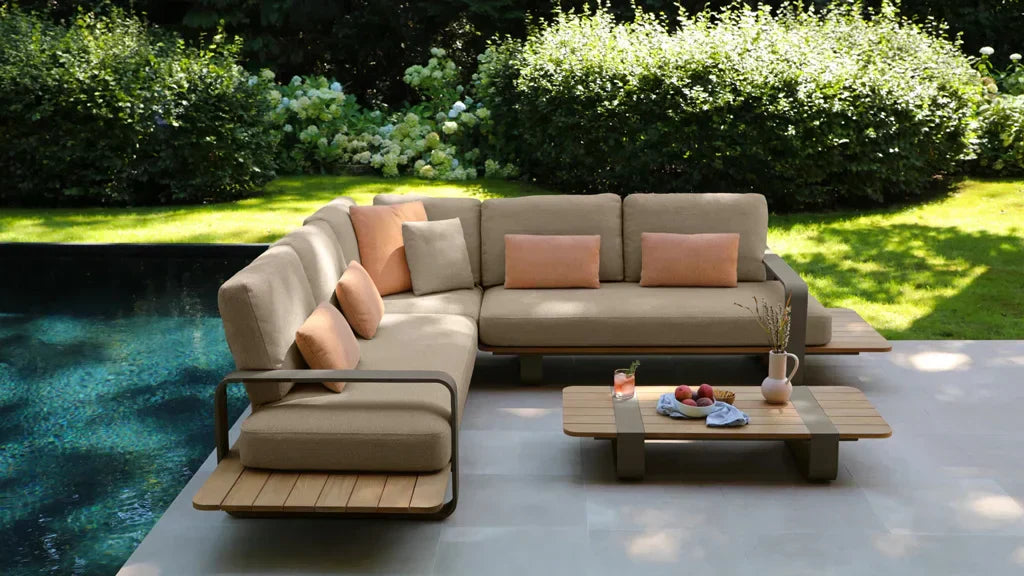
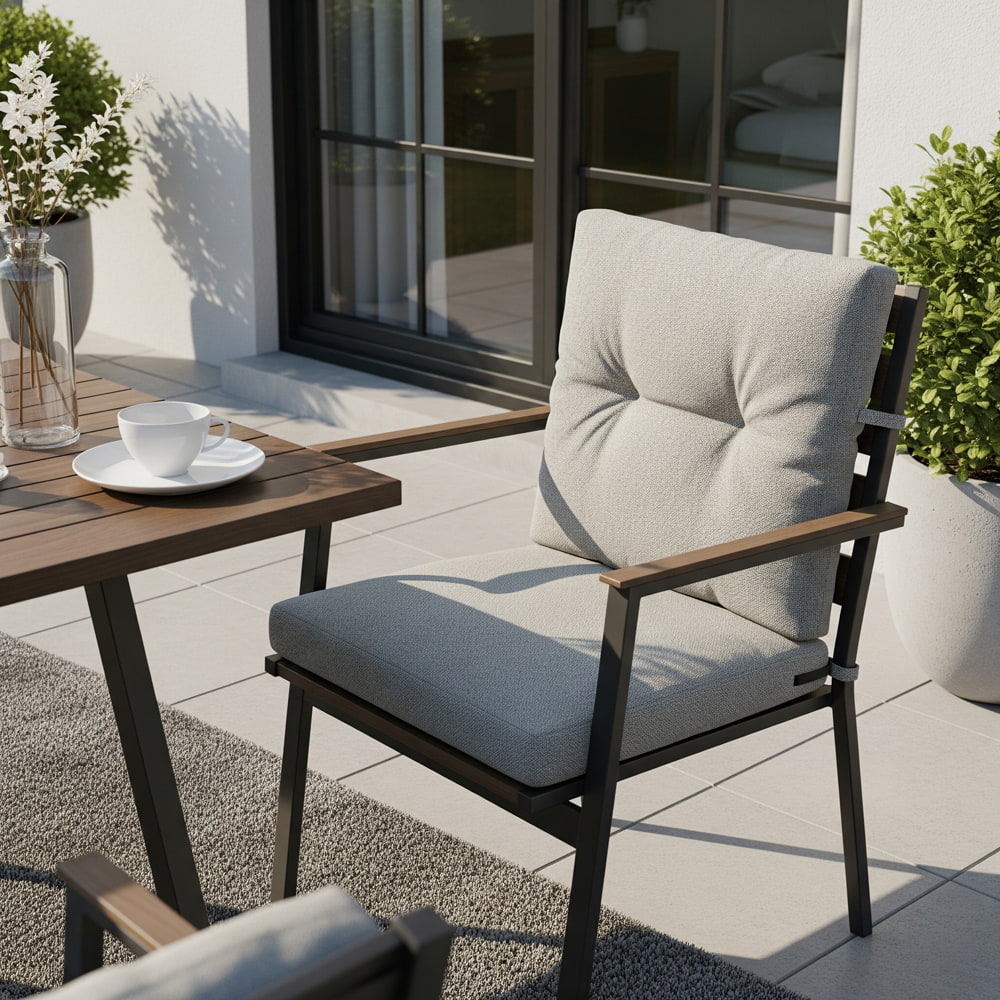
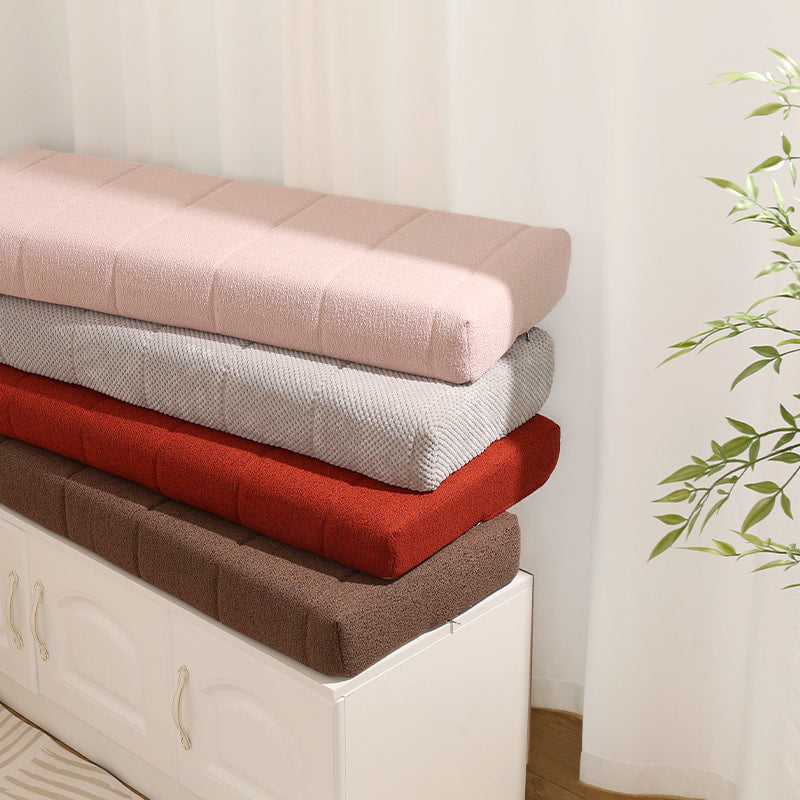

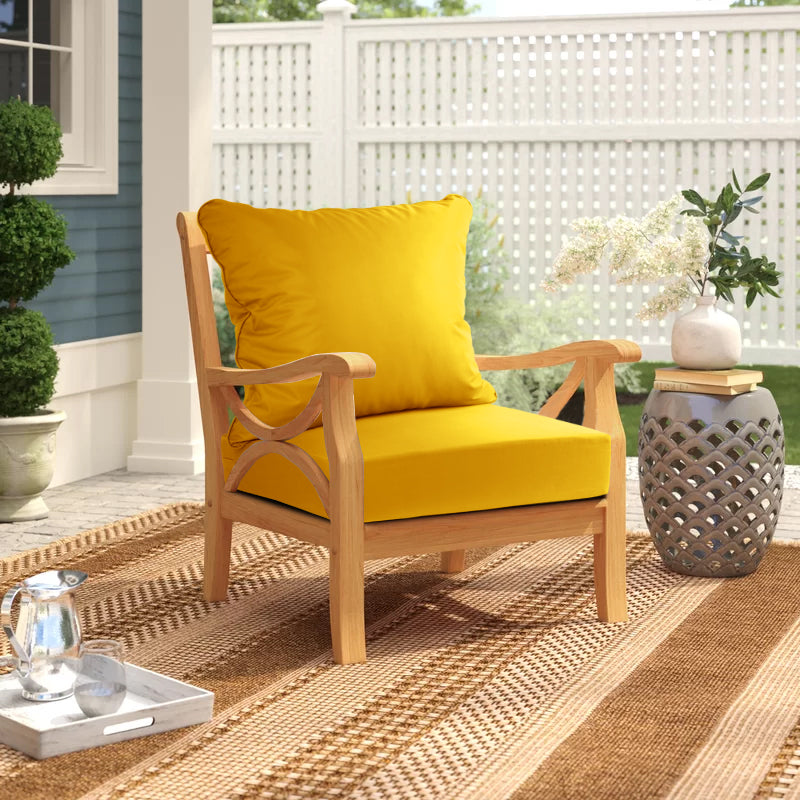
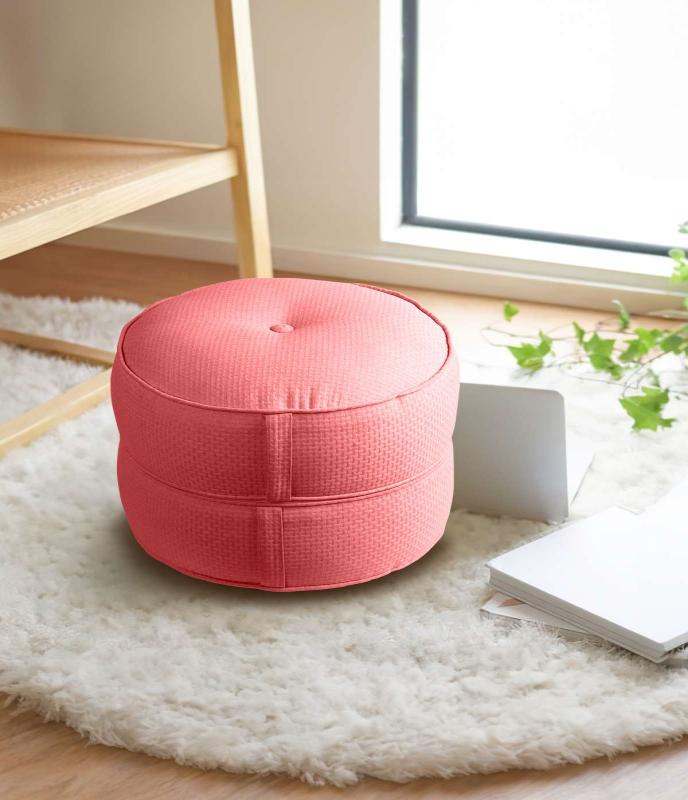
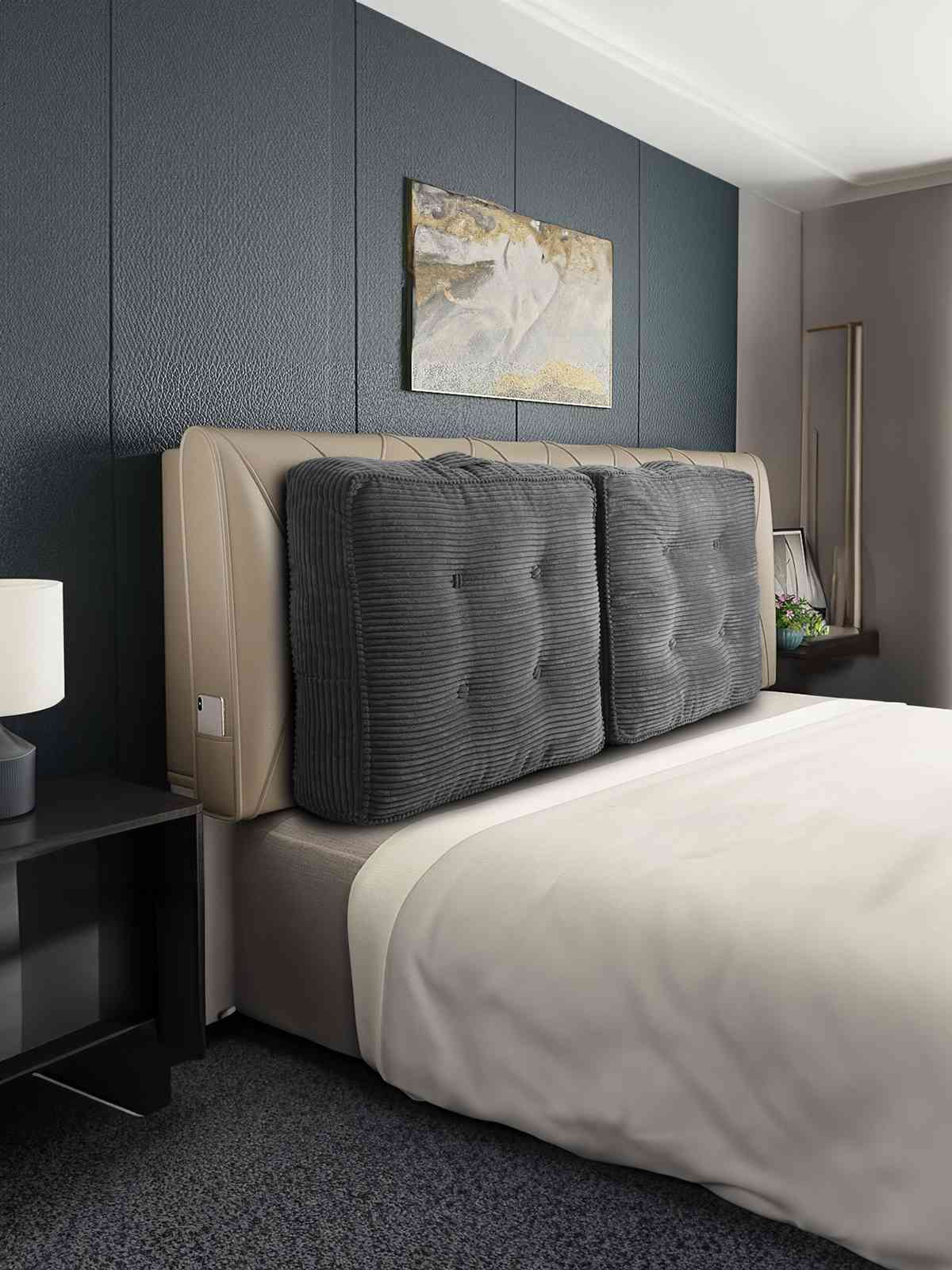
Leave a comment
All comments are moderated before being published.
This site is protected by hCaptcha and the hCaptcha Privacy Policy and Terms of Service apply.